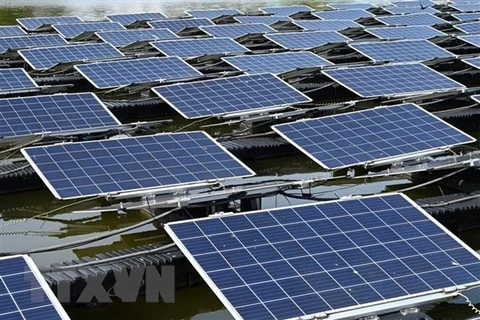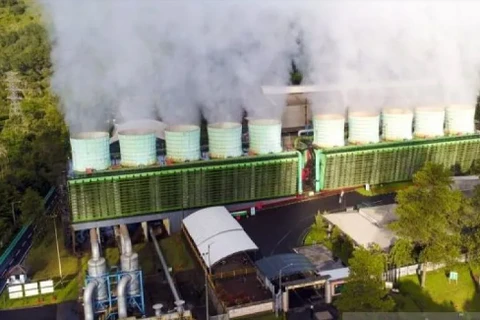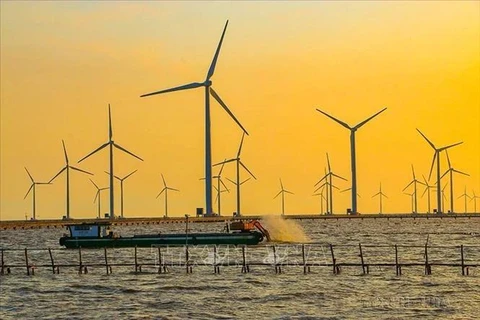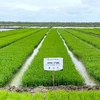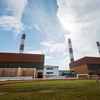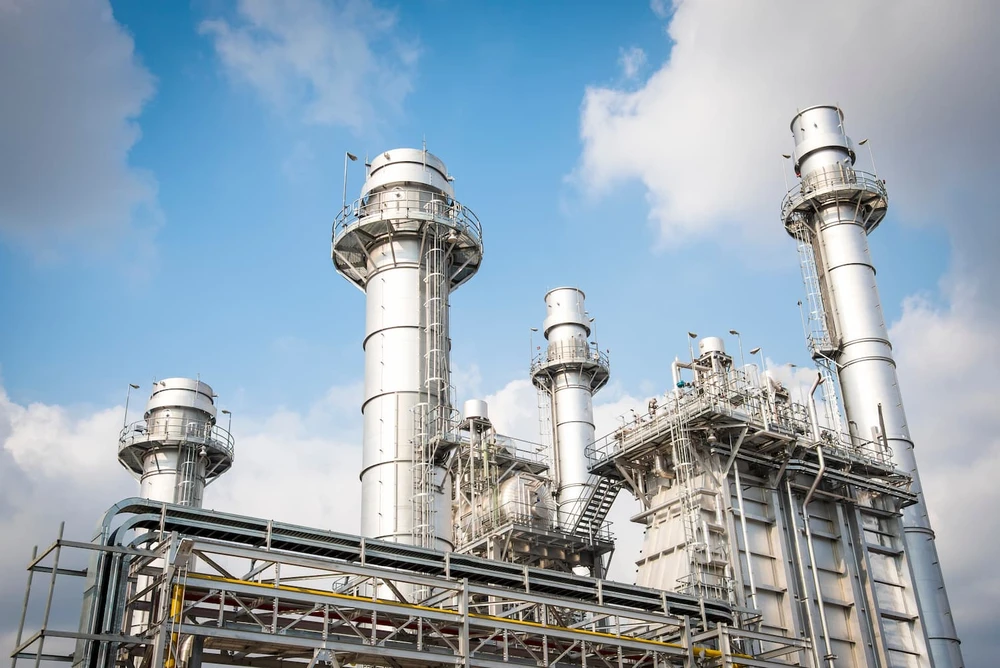
Singapore (VNA) – Singapore is taking steps to study how planet-warming carbon dioxide (CO2) from natural gas power plants can be captured and locked away, as the city state is likely to continue relying on fossil fuel over the next few decades.
Natural gas is expected to continue to power more than 50% of Singapore’s energy needs by 2035. Currently, it represents more than 90% of the electricity mix, with the energy sector accounting for around 40% of greenhouse gas emissions.
The Energy Market Authority (EMA) has issued a grant call to study two methods of deploying carbon capture and storage (CCS) technologies in the sector to remove carbon emissions and store them in deep underground structures, Deputy Prime Minister Gan Kim Yong announced on October 21 at the Singapore International Energy Week.
The first method involves installing an on-site unit to capture CO2 from exhaust gas, after natural gas has been combusted. The waste gas typically contains CO2, water vapour, nitrogen and oxygen.
The Straits Times previously reported that research is under way to determine the most cost-effective way of capturing CO2 from natural gas plants, as its low concentration in exhaust gas makes it difficult to extract.
The other technique involves capturing the CO2 generated when hydrogen is produced from natural gas. Hydrogen can be combusted to generate electricity and does not produce any CO2 when burned. But it is considered a clean fuel only if no CO2 is emitted during its production process.
From 2024, all new and upgraded natural gas power plants in Singapore must be able to run on at least 30% hydrogen and be retrofitted to run on 100% in the future.
Besides, the Singapore Government is developing a CCS project to collate CO2 emissions on Jurong Island for overseas storage, with the first phase likely to start around 2030.
Experts previously said that the cost of a CCS project can be very high, with the carbon tax not being sufficient to make such projects economically attractive. By 2030, Singapore’s carbon tax will be set at between 50 USD and 80 USD per tonne of CO2, up from 25 USD per tonne currently.
The country plans to reach net-zero emissions by 2050 and is studying the viability of other clean technologies such as geothermal and nuclear./.
